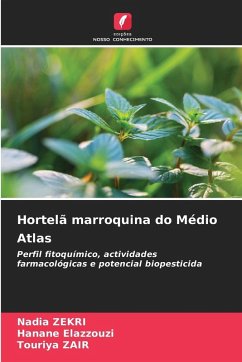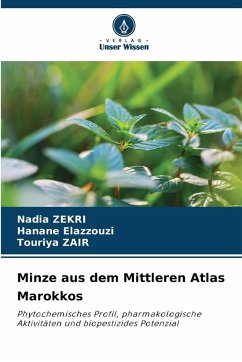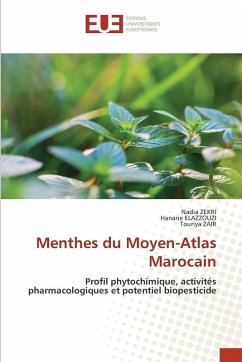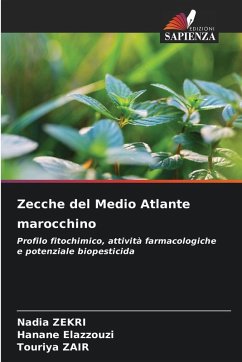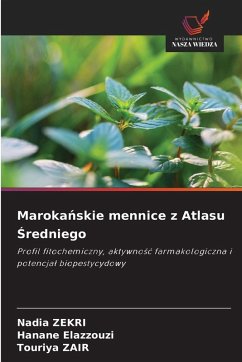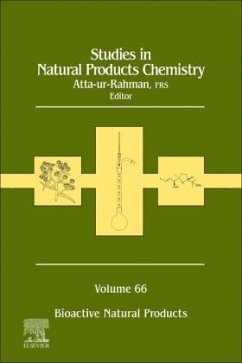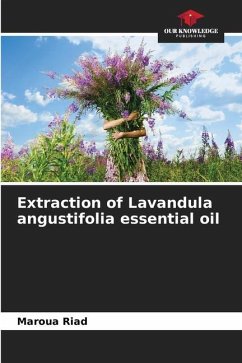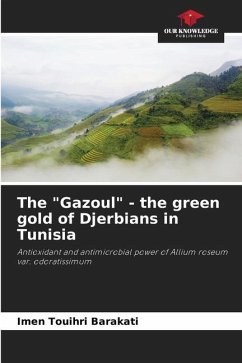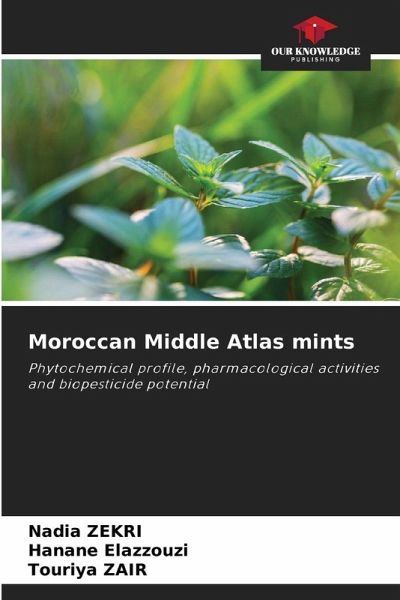
Moroccan Middle Atlas mints
Phytochemical profile, pharmacological activities and biopesticide potential
Versandkostenfrei!
Versandfertig in 6-10 Tagen
53,99 €
inkl. MwSt.

PAYBACK Punkte
27 °P sammeln!
Mint is always appealing for its freshness, its scent and its many uses. In Morocco, the daily use of mint to flavor tea or for culinary or therapeutic purposes has become a national tradition.Mints owe their therapeutic properties to the various secondary metabolites they contain. Whether consumed directly or added to food, the active principles present are an important source of antioxidants and antibiotics. The use of mints as insect and weed repellents or fumigants goes back centuries.The use of modern science to study this accumulated knowledge is gradually confirming many of their proper...
Mint is always appealing for its freshness, its scent and its many uses. In Morocco, the daily use of mint to flavor tea or for culinary or therapeutic purposes has become a national tradition.Mints owe their therapeutic properties to the various secondary metabolites they contain. Whether consumed directly or added to food, the active principles present are an important source of antioxidants and antibiotics. The use of mints as insect and weed repellents or fumigants goes back centuries.The use of modern science to study this accumulated knowledge is gradually confirming many of their properties. Three mints widely used in Morocco - M. pulegium (L.), M. suaveolens (Ehrh.) and M. spicata (L.) - are being evaluated by identifying their essential oils (EO), their hydrolats (HYD) and the secondary metabolites present in their extracts, and by assessing their biological properties.



